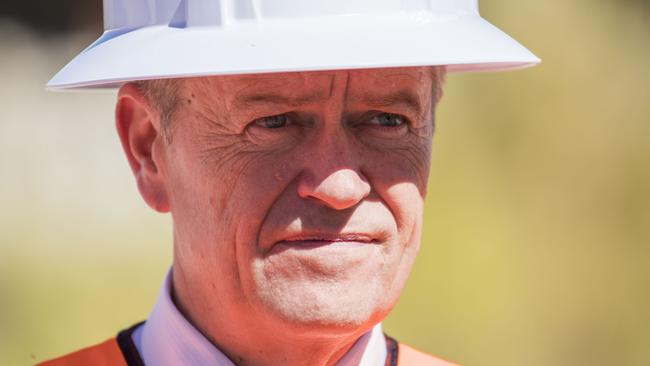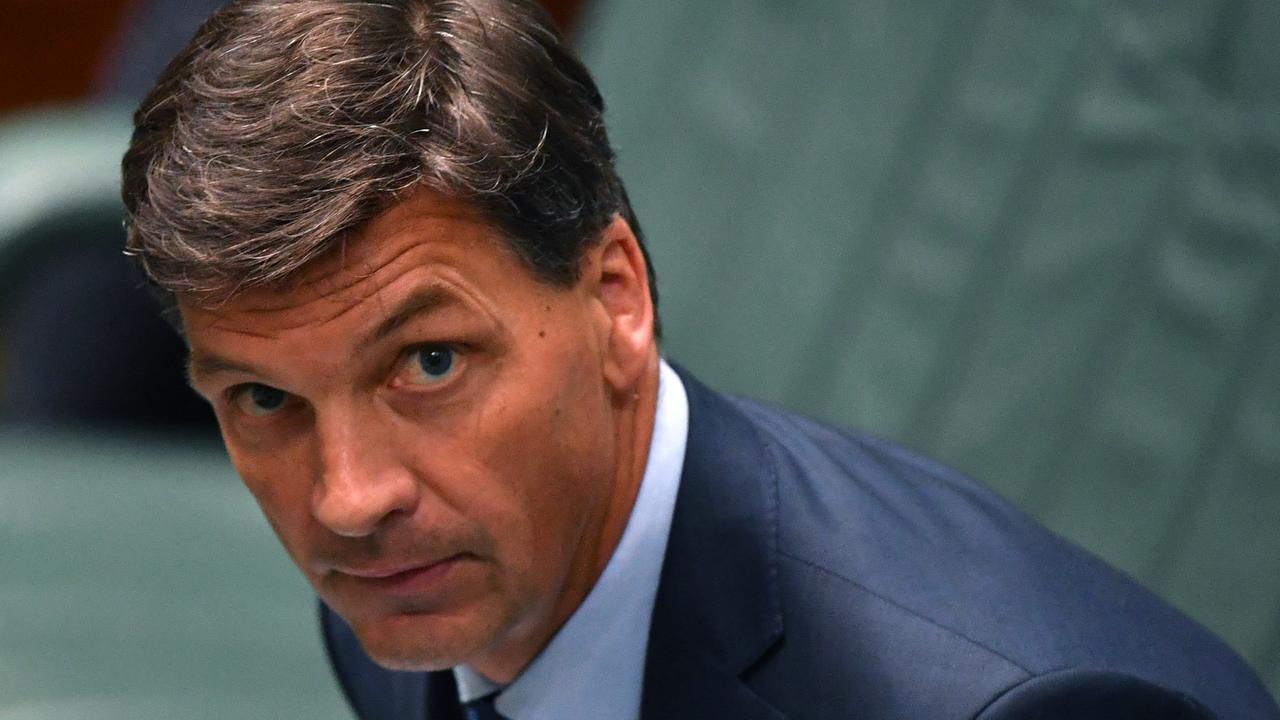Members flee Labor despite Shorten’s target
Bill Shorten’s plan to lift Labor Party membership to 100,000 has failed with those leaving the party outpacing those who are joining.

Bill Shorten’s plan to lift Labor Party membership to 100,000 has failed, with those leaving the party outpacing those who are joining, and the party registering only 53,550 members at the end of last year. Labor is officially losing members.
Three years ago, Labor declared that as at December 2014 it had 53,930 members who were eligible to vote in a ballot to elect a national president and two vice-presidents.
The latest tally of membership, at last December, shows a fall of about 400 members in net terms.
The Opposition Leader outlined an ambitious plan in March 2014 to boost Labor’s rank-and-file members from about 44,000 to 100,000 members nationally.
“I announce the start of a major campaign to rebuild the Australian Labor Party and renew our sense of purpose,” Mr Shorten said the following month.
“A campaign to create a big party, a nation-embracing party, a party that represents and reflects the Australian people … a Labor Party with 100,000 members.”
Labor’s membership figures, provided by state branches to the national secretariat, are closely guarded.
The latest tally of members obtained by The Australian was prepared for the rank-and-file ballot to elect a president and two-vice presidents that will take place in May and June.
Ahead of the leadership contest between Mr Shorten and Anthony Albanese in September-October 2013, The Australian revealed the party had 43,823 rank-and-file members.
The next audit in December 2014 found the party had 53,930 members, a significant increase following the 2013 election defeat. Membership essentially has plateaued since.
Meanwhile, the national left faction has split before the presidential election.
The party’s president, opposition spokesman on climate change and energy Mark Butler, will be challenged by Mich-Elle Myers of the Maritime Union of Australia and Queensland senator Claire Moore.
Former treasurer Wayne Swan is running with the support of the national right faction and Mr Shorten.
The purpose of Ms Myer’s candidacy is to hurt Mr Butler’s chances. She has the backing of Paddy Crumlin of the MUA and Michael O’Connor of the Construction Forestry Mining and Energy Union, which recently merged.
The militant left unions are hostile to Mr Butler and his key supporter inside the party, Mr Albanese.
Michael Flinn, the national executive officer of the CFMEU, recently posted on Facebook that Mr Butler had a “glaring conflict of interest” in wanting to serve a second term as national president while continuing as an opposition frontbencher.
“When the inevitable happens, and there’s a difference of opinion on a policy matter between the government of the day and the national executive (of the party), who will Mark owe allegiance to? The cabinet (he’ll be bound by cabinet solidarity) or the party?” Mr Flinn wrote.
Nominations for the presidency closed on Friday. Members will vote online or by postal ballot between May 4 and June 15. The successful candidates will be declared before the party’s national conference from July 26-28.




